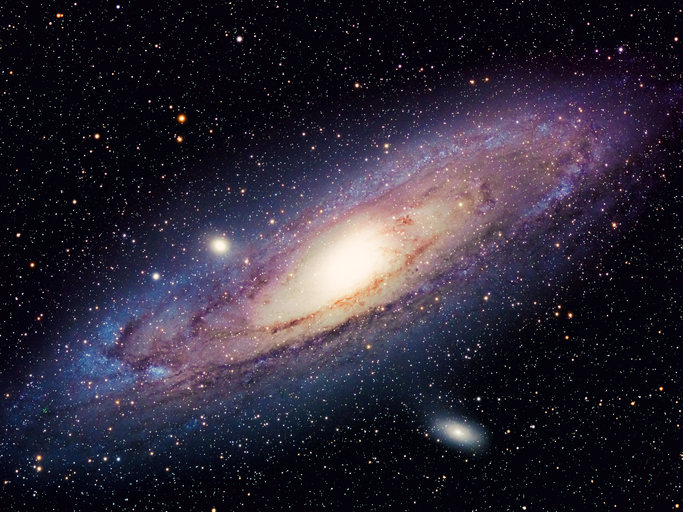Astronomers from the Aryabhatta Research Institute of Observational Sciences (ARIES) have created a detailed map of cosmic dust in the Milky Way, using data from over 6,000 open star clusters. The study offers fresh insights into how interstellar dust is distributed across the galaxy and could help identify regions where new stars are likely to form.
The research, led by Dr. Y.C. Joshi, shows that the dust does not lie flat along the Milky Way’s central plane but forms a thin, wavy layer known as the “reddening plane.” This dusty sheet shifts up and down in a wave-like pattern, with the Sun itself positioned about 50 light years above it.
Scientists said the dust layer is denser in some regions, particularly near the galactic centre, and thinner in others, indicating the complex and dynamic nature of the galaxy’s structure. The maximum concentration of dust was found toward galactic longitude 41 degrees, while the least was observed near 221 degrees.
Most of the open clusters studied lie close to the galactic disk—the thin plane where interstellar matter is concentrated and stars are actively born. Their light, dimmed and reddened by dust, provides a reliable way to trace the distribution of this cosmic material.
The findings, the researchers said, will allow astronomers to more accurately study the intrinsic properties of stars and distant galaxies by accounting for the obscuring effects of interstellar dust.
The study also points to the need for future large-scale observations, particularly of more distant regions of the galaxy, to build a complete three-dimensional map of its dusty structure. Upcoming missions such as the European Space Agency’s Gaia data release and the Vera C. Rubin Observatory’s Legacy Survey of Space and Time are expected to advance this effort.










